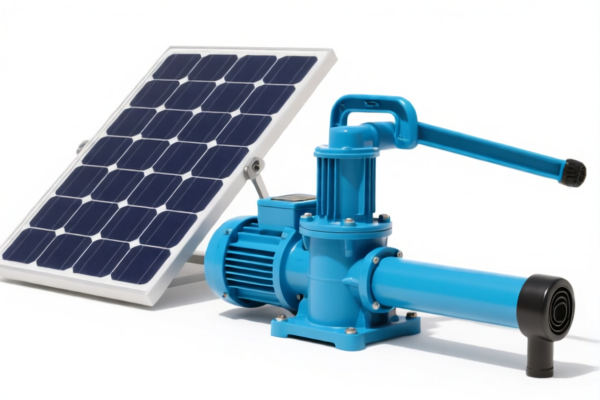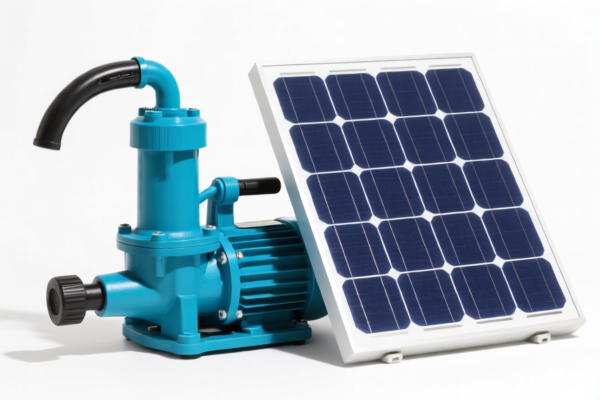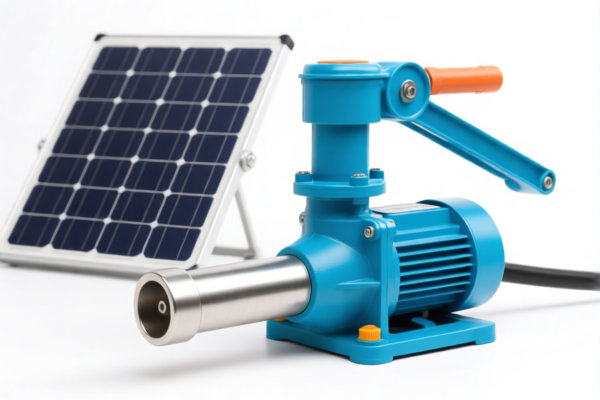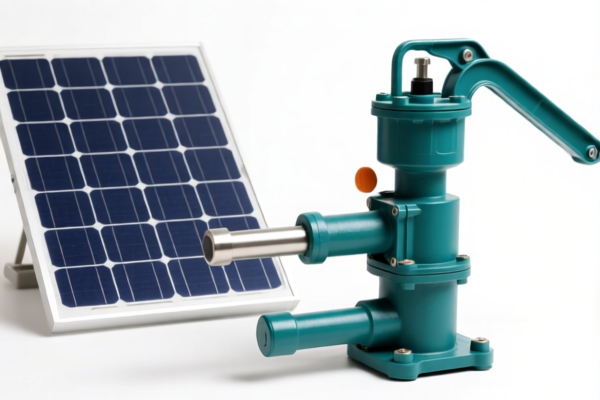| HS Code | Official Doc | Tariff Rate | Origin | Destination | Effective Date |
|---|---|---|---|---|---|
| 8310000000 | Doc | 55.0% | CN | US | 2025-05-12 |
| 9405416000 | Doc | 61.0% | CN | US | 2025-05-12 |
| 9405694000 | Doc | 61.0% | CN | US | 2025-05-12 |
| 6304996040 | Doc | 33.2% | CN | US | 2025-05-12 |
| 6304910170 | Doc | 43.3% | CN | US | 2025-05-12 |
| 8513102000 | Doc | 42.5% | CN | US | 2025-05-12 |
| 8513104000 | Doc | 33.5% | CN | US | 2025-05-12 |
| 8512909000 | Doc | 57.5% | CN | US | 2025-05-12 |
| 8512902000 | Doc | 57.5% | CN | US | 2025-05-12 |
| 8545904000 | Doc | 55.0% | CN | US | 2025-05-12 |
| 8545902000 | Doc | 55.0% | CN | US | 2025-05-12 |
| 9615906000 | Doc | 41.0% | CN | US | 2025-05-12 |
| 9615902000 | Doc | 38.1% | CN | US | 2025-05-12 |




Solar Kettle Lamp
A solar kettle lamp is a portable device combining a kettle for heating water and a lamp for illumination, powered by solar energy. These devices are designed for situations where access to conventional electricity is limited or unavailable, offering a self-sufficient solution for boiling water and providing light.
Material
- Outer Casing: Typically constructed from durable, weather-resistant materials such as Polypropylene (PP), Acrylonitrile Butadiene Styrene (ABS) plastic, or stainless steel. These materials provide protection for the internal components and withstand outdoor conditions.
- Solar Panel: Monocrystalline or Polycrystalline silicon solar panels are common. Monocrystalline panels offer higher efficiency but are generally more expensive.
- Heating Element: Often a resistive heating coil encased in a protective material, designed for efficient water boiling.
- Battery: Lithium-ion or Lithium Polymer batteries are frequently used for storing solar energy. Capacity varies depending on the model.
- LED Lamp: Utilizes energy-efficient LED technology for illumination.
- Inner Container: Food-grade stainless steel is standard for the water kettle portion, ensuring water safety and preventing corrosion.
- Insulation: Some models include insulation layers (e.g., double-walled construction) to retain heat longer.
Purpose
The primary purpose of a solar kettle lamp is to provide:
- Boiling Water: For preparing hot beverages (tea, coffee), cooking dehydrated foods, sterilizing water, or other uses requiring boiled water.
- Illumination: The integrated lamp offers a portable light source for camping, emergencies, or outdoor activities.
- Self-Sufficiency: To operate independently of grid electricity, relying solely on solar power.
Function
These devices function through the following process:
- Solar Energy Capture: The solar panel converts sunlight into direct current (DC) electricity.
- Energy Storage: The DC electricity is used to charge the internal battery.
- Water Heating: When activated, the battery powers the heating element, which heats the water within the kettle. Many models include an automatic shut-off feature once the water reaches boiling point.
- Illumination: The battery also powers the LED lamp, providing light at various brightness levels.
Usage Scenarios
- Camping & Hiking: Provides a convenient way to boil water and have a light source while backpacking or camping.
- Emergency Preparedness: Useful during power outages or natural disasters for essential needs like hot water and lighting.
- Outdoor Activities: Suitable for fishing, hunting, or any extended outdoor stay where electricity is unavailable.
- Remote Locations: Beneficial in areas without access to the electrical grid.
- Disaster Relief: Provides a critical resource for boiling water and providing light in affected areas.
Common Types
- Integrated Design: The kettle and lamp are combined into a single unit. This is the most common type.
- Collapsible Models: Some models feature collapsible silicone bodies for compact storage and portability.
- Capacity Variations: Available in different sizes, ranging from small personal kettles (0.5 liters) to larger family-sized models (1.5 liters or more).
- With/Without Temperature Control: Some advanced models offer adjustable temperature settings for specific uses.
- USB Charging/Output: Certain models include USB ports for charging small electronic devices.
- Handle/Carry Options: Designs vary with different handle configurations and carrying straps for convenience.
The declared goods, “solar kettle lamp,” combine the functions of a kettle (for heating liquids) and a lamp (providing illumination), powered by solar energy. This suggests a portable device likely used for outdoor activities, camping, or emergency situations where access to conventional power sources is limited.
Here are the relevant HS codes based on the provided reference material:
- 8513102000: Portable electric lamps designed to function by their own source of energy (for example, dry batteries, storage batteries, magnetos), other than lighting equipment of heading 8512; parts thereof: Lamps: Flashlights. This code applies if the lamp function is dominant and resembles a flashlight in design, even with the added kettle feature. Chapter 85 covers electrical machinery and equipment; Heading 8513 specifically addresses portable electric lamps; Subheading 8513.10 further defines lamps, and 8513.10.20 specifies flashlights.
- 8513104000: Portable electric lamps designed to function by their own source of energy (for example, dry batteries, storage batteries, magnetos), other than lighting equipment of heading 8512; parts thereof: Lamps: Other. If the lamp function doesn’t align with a typical flashlight design, this code would be more appropriate. Chapter 85 covers electrical machinery and equipment; Heading 8513 specifically addresses portable electric lamps; Subheading 8513.10 further defines lamps, and 8513.10.40 covers other lamps.
- 9405416000: Luminaires and lighting fittings including searchlights and spotlights and parts thereof, not elsewhere specified or included; illuminated signs, illuminated nameplates and the like, having a permanently fixed light source, and parts thereof not elsewhere specified or included: Other electric luminaires and lighting fittings: Photovoltaic, designed for use solely with light- emitting diode (LED) light sources: Of base metal: Other. This code could apply if the lighting aspect is more prominent and utilizes LED technology powered by solar energy. Chapter 94 covers furnishing articles; Heading 9405 specifically addresses luminaires and lighting fittings; Subheading 9405.41 covers electric luminaires, 9405.41.60 specifies photovoltaic luminaires of base metal.
Regarding HS code 8513102000 and 8513104000, the total tax rate is 42.5% or 33.5% respectively.
Regarding HS code 9405416000, the total tax rate is 61.0%.
Customer Reviews
No reviews yet.